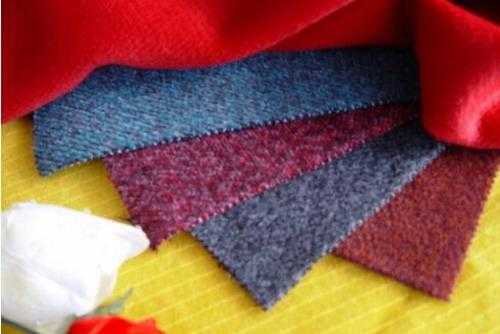With the continuous improvement of people's quality of life and the continuous progress of the textile industry, some basic functions of traditional textiles can no longer meet people's needs. Various functional textiles have received widespread attention, and the requirements for textile performance are getting higher and higher.
Definition of textile waterproof and water permeability
In daily life, people often come into contact with water, which puts forward waterproof requirements for various textiles. The waterproofness and permeability of textiles are two aspects of the same performance of textiles, namely the water resistance of textiles and the water permeability of textiles.
Factors affecting the breathability or waterproofness of textiles
The permeability of a textile is the ability of liquid water to penetrate from one side to the other. There are three main factors that affect the waterproofness and water permeability of textiles.
1. Fiber surface wettability: The wettability of the fiber is related to the compactness of the fiber structure when the structure is tight, and the waterproof effect is better.
2. Fabric coating: using waterproof, microporous coating can form a good waterproof, water-permeable, and air-permeable coated fabric, which is mainly used for cloaks or raincoats.
3. Environment: The relative humidity of the water-conducting fabric increases, the moisture absorption of the fiber increases, and the water conductivity of the fabric increases.
Textile waterproof test category
The main indicators of textile waterproofing are water immersion grade, hydrostatic pressure resistance grade and water permeability. There are two test methods: spray method and hydrostatic pressure method. In order to measure the water permeability or water resistance of the fabric, different methods are used according to the actual use of the fabric, and the corresponding index is used to indicate the water permeability of the fabric.
1. Water pressure method
Hydrostatic pressure refers to the water permeability of textiles under a certain water pressure. Suitable for all kinds of fabrics, including water-repellent treated fabrics. The fabric waterproof adopts static pressure method, including static pressure method and dynamic pressure method. Static pressure is used for water-conducting fabrics, and dynamic pressure is used for coated fabrics or dense fabrics.
In the AATCC127 test method, cut at least three samples with an area of 200mm*200mm along the diagonal of the tested sample. The water resistance of the two sides of the sample is different and should be marked. Use distilled water to test at (21±2)°C with a test area of 100cm2. The water pressure increases at a constant speed. If there are 3 water droplets at different positions on the sample, the test will be completed (however, if the water droplets seep within 3 mm of the sample clamp, the test will be invalid). The result is the average of three samples under the same conditions. The greater the test value, the greater the pressure required for water seepage, and the better its waterproof performance. The test uses a hydraulic testing machine.
2. Spray method
The spray method evaluates the waterproofness of fabrics by comparing standard samples with different wettability levels with water stain characteristics (continuous spraying on the samples for a fixed time). The spray method simulates the degree to which the sweater becomes wet in a drizzle.
In the AATCC22 test method, an iron ring with a diameter of 152.4 mm is used to fix the sample, and the surface of the sample is flat without wrinkles. Spray distilled water (250mL) on the sample 150mm under the nozzle for 25-30s, then compare the surface of the sprayed sample with the standard chart card and make a rating. The test uses a spray tester.
3. Rain test method
The rain test method is to simulate the waterproof performance of the fabric exposed to the air during heavy rain. This method is suitable for any fabric with water-repellent treatment or non-water-repellent treatment. Principle: Wrap the test sample around the weighing absorbent paper, and weigh the absorbent paper again after the test. The difference between twice the weight is the water permeability of the sample.
In the AATCC35 test method, a standard absorbent paper, measuring 152cm×152cm, is placed on the back of the sample, and the standard absorbent paper is weighed to the nearest 0.1g. On a vertical rigid surface, clamp the sample on the sample holder, place it in the middle of the nozzle, 30.5 cm away from the nozzle, and spray a stream of water at S (27±1)°C. Level for 5 minutes, after spraying, carefully take out the absorbent paper and quickly weigh to 0.1g. Calculate the weight of the paper during the spraying process and take the average of the test data. A rainfall tester was used in the test.
4. Wicking method
The wicking method is the most commonly used and simplest method to determine the water absorption rate of fabrics. The sample is usually cut into long strips, one end of the sample is suspended on an iron frame, and the other end is in contact with the water surface (or immersed in water at a certain height). After a period of time, measure the height of the water crawling through the pores of the fabric fibers. It is a fabric with good water conductivity, strong water absorption, fast water absorption, and climbs high per unit time.
If in the textile testing process, the structure of the fabric and the color of the yarn are not obvious in the water climbing process, and it is not easy to observe with the naked eye, we can add a small amount of colorant to the water.
